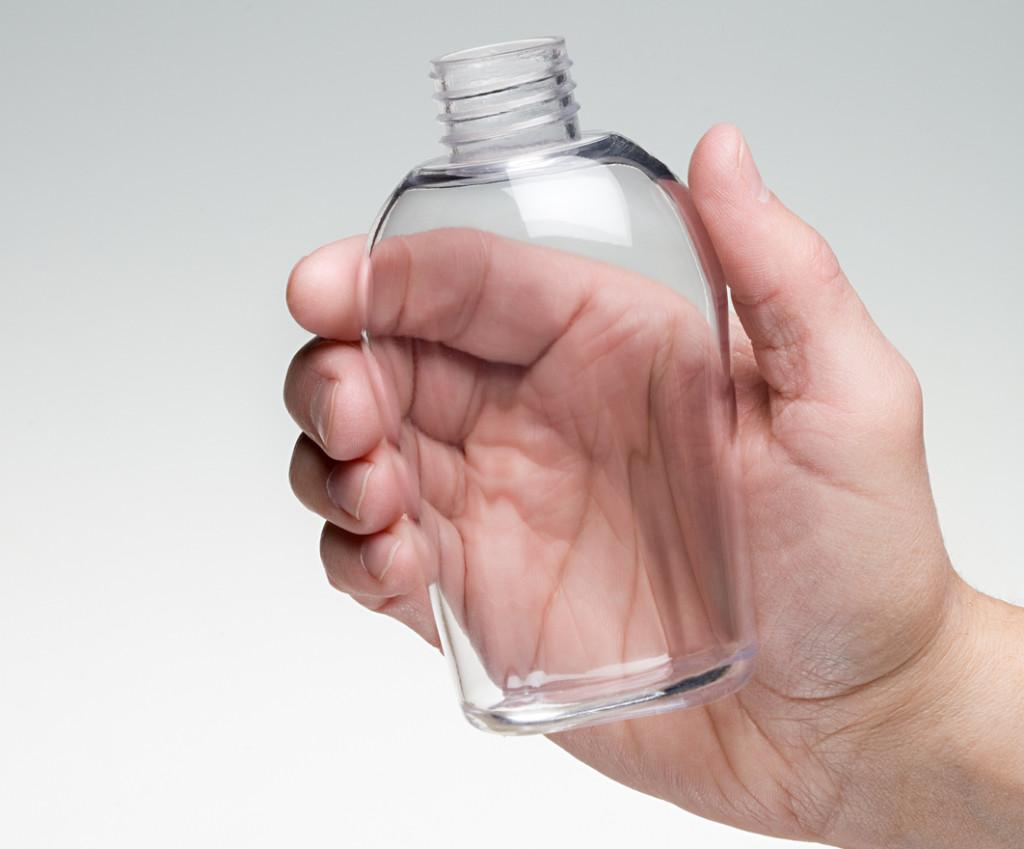3D Printing 2021 Market Outlook: Production Vat Polymerization Systems (SLA, DLP)
In the large-format vat polymerization market, high utilization is the norm. These machines are used for casts, molds and prototypes, but also to make millions of thermoforming inserts, dental parts and hearing aids. Production stereolithography (SLA) and digital light processing (DLP) systems make millions of parts a year. Though the technology is used often for indirect components or prototypes, end-use parts are trending upward. More materials companies have brought competition and more functional components. Considered a backwater only a few years ago, this market is now full of competition and change.
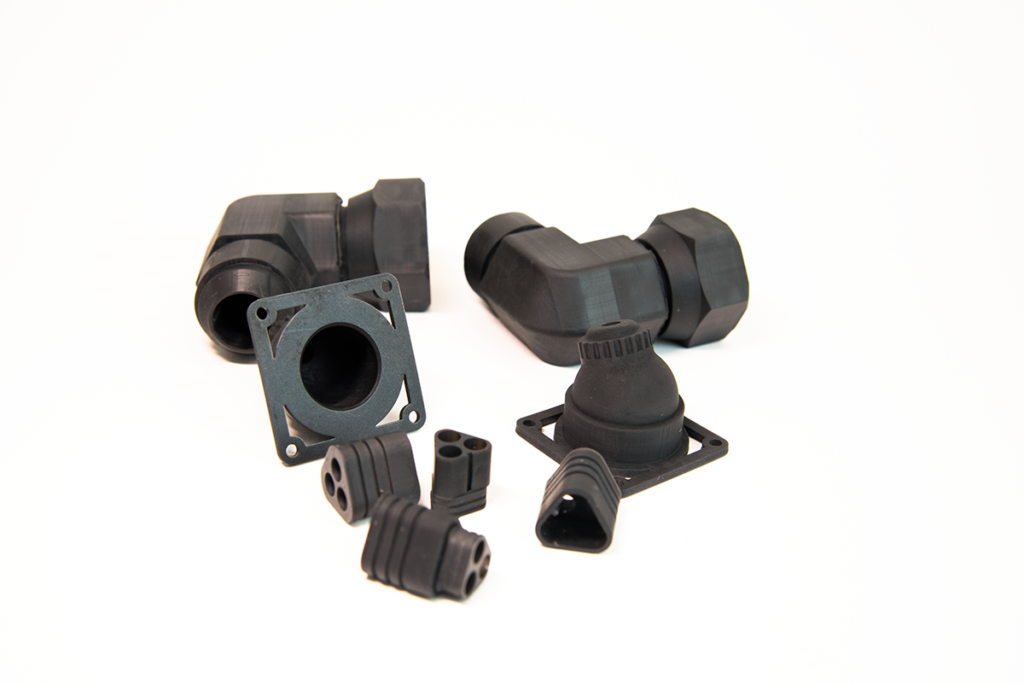
Parts printed by Origin’s technology using Henkel’s new resin.
Market
Traditionally, large-format factory SLA systems, usually made by 3D Systems, have ruled over the market in a duopoly with deskside DLP systems made by Envisiontec. Both firms are strong in their respective areas and their machines were relatively maintenance-free, had high productivity rates and high uptimes. Typically, a firm that was used to working with small mills or with artisans at their desks would opt for deskside DLP systems, while a more factory floor-oriented company would feel more comfortable with 3D Systems offerings. SLA can also make much bigger components and would therefore dominate larger part applications.
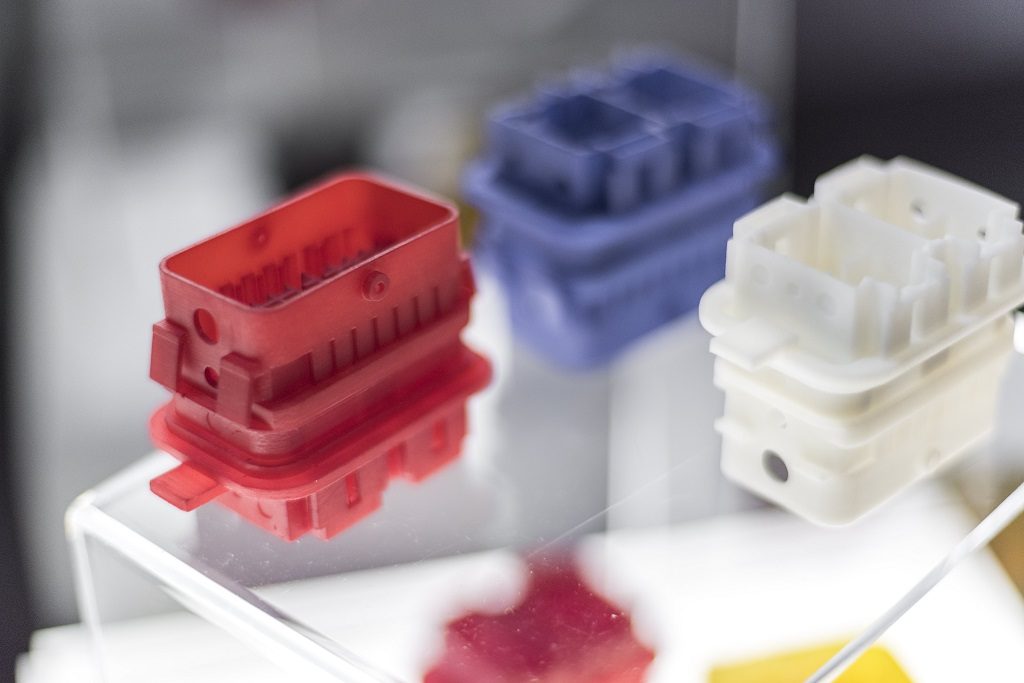
Photo-Resin X004M is suitable for break-resistant parts, for example post-colored electric circuit connectors. [Image: BASF]
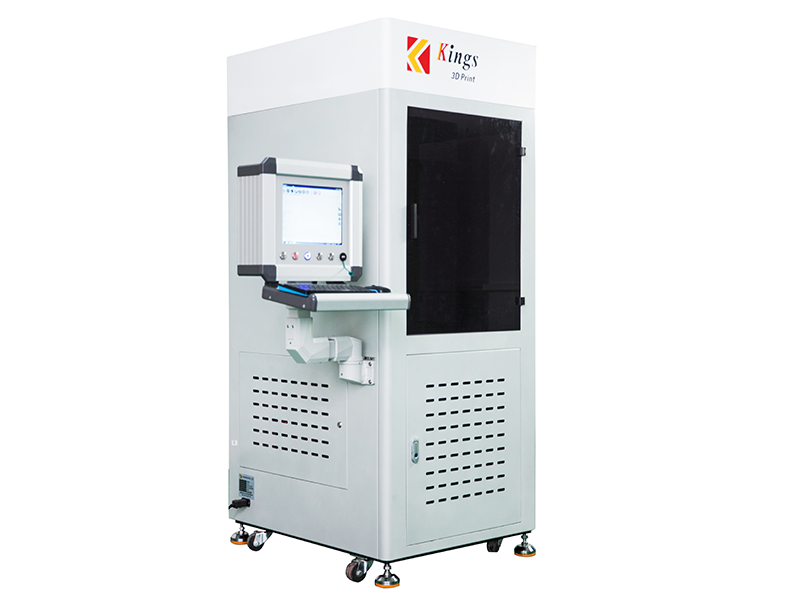
Sales
Established firms have a large global reseller network, but direct sales also occur. Some firms have been running the same 3D Systems or Envisiontec machine for over a decade. Relationships can go back 20 years and generally, in terms of system productivity, current performance is ingrained.
The prototyping business and service companies using prototypes has been suffering in the current crisis. At the same time, slowdowns in automotive and dental visits have had a negative impact. New entrants such as Carbon and Origin have made little actual impact in the way of sales numbers and production applications so far. 3D Systems’ Figure4 is a guiding light towards a highly automated future but sales are slow. A lot of the jewelry industry is concentrated in India and, so, the industry actually is influenced by a lot that goes on in that country. Simultaneously, because of high labor costs associated with support removal and finishing, more and more of the business may relocate there.
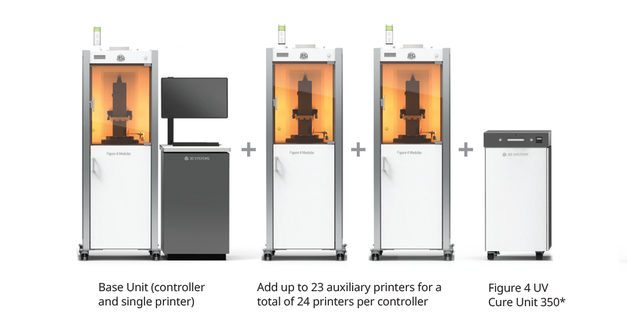
Systems

First Available in 2002, the Perfactory has made more end use parts than any other printer.
Deskside systems, such as the Perfactory, are simple workhorses that keep on ticking. Much more elaborate, large-scale machines, like iPros, can print parts up to a meter in length and are more complex as well. Systems typically last long and have few parts that need to be replaced. Maintenance is comparatively simple when we compare it to other technologies.
Simpler still are a new wave of systems coming out of Korea and China flooding the market with lower cost options for the first time. The central principle of SLA is well understood and good components in the motion stage and good optics can make for a rather high-performance, long-lasting machine for relatively little money. Machine margins are coming under pressure but there is still a dearth of Chinese systems in Europe and the U.S.
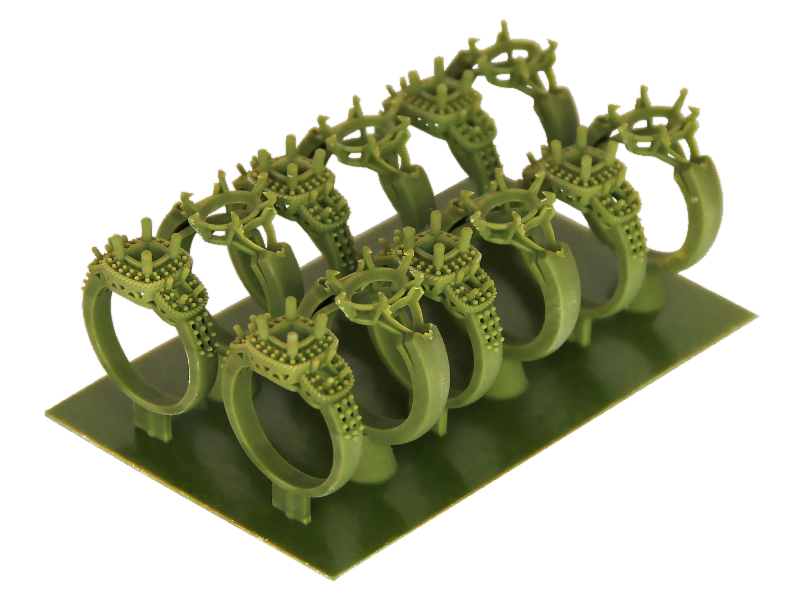
EC3000 rings from a Perfactory 4 Mini XL 3D printer
Recommendations
The key profit driver in this market is resins. Opportunities in resins far eclipse those in the machines in the near term. The general feeling and logic is that manufacturing firms will always choose open systems, so the propagation of open will always put pressure on both Envisiontec and 3D Systems. While their material lock-ins propagate a highly profitable resin business on their side, it also precludes more manufacturing applications from being rolled out. It also gives competitors a four-lane-highways-worth of room that they can use to pass them by in their offerings. Something like an “unlock systems” in return for being a primary resin supplier at a reduced rate for X amount of time could be a way to continue success.
Biocompatible resins and the purchase of anyone that develops them has long been a path to propagating success. Similarly for high-quality firms, a safe albeit more expensive resin offering may prolongate market relevance in resins. On the whole, I’d bite the bullet and continue to sell tried-and-true 3D printers at lower price points while making them open. This will slow down the competition, extend installed bases and relationships at a key time and open the door to long-term service contracts. With this done, I’d hightail it toward bioprinting using SLA and further untold mountains of future wealth. Application-specific systems for medical models, braces, thermoforming and other applications would also shore up margins as new players take to these propositions.
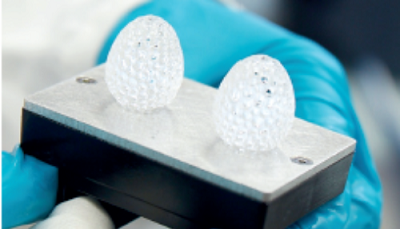
Critical Issues
With a renewed environmental consciousness now directed at plastics, many may be disappointed that the SLA and DLP resins, supports, parts and wasted materials can not be recycled in any meaningful way. Further reading about constituent materials and toxicity in materials may dissuade them still. Safety for me is by far the biggest potential issue for this technology.
Recommendation for Competition
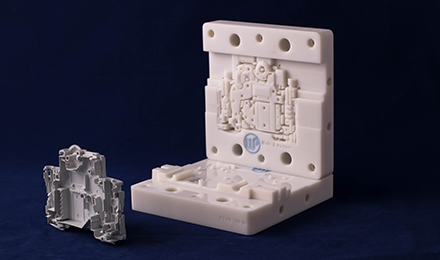
DSM Somos PerForm part
Even if you’re an OEM, I’d sell compatible resin into Envisiontec and 3D Systems installed bases whenever possible. Any kind of disarray or hacking away at the opposition’s core business will pay outsized dividends. Market share thinking is limiting, since it presupposes that the other person has a right to exist and, from the outset, accepts and promotes the reality of their continued existence. Your actions and thinking will therefore keep aloft your competitors and slow you down.
If we look at industries in the long run, this is not a true reflection of what goes on. Nearly all firms, in fact, will disappear over time, so elimination of the competition should be the goal, lest you yourself be eliminated earlier than they. Dillard’s, JC Penney, Neiman Marcus, Sears, Barney’s and Saks could still look at how they stack up in a market where they only watch themselves, but it wouldn’t really be of note, now would it? If you were the CEO of Sears ,would you have thought yourself out of the retail pickle by looking at competitors? Or would you have got there through rethinking of a world where you would be the only retailer left standing? In the latter case, you could have through envisioned what Amazon was and meant this thought experiment .
There isn’t a recognizable consumer and business brand in resins beyond the established DSM Somos and Arkema Sartomer offerings. Good marketing and positioning should bring in outsized benefits here as would a good web offering. Web-direct resin sales are anemic.

(Image: Arkema)
Application-specific resins are being rolled out with new black, transparent and higher temperature materials being developed. I’d continue and release more application-specific materials to bring in loyalty. I really don’t see the value in being an OEM in this segment now apart from relationships with regulated industries and large partners. Beyond this, I’d say that, even though the Coke machine dispenses the Cola, the value is not necessarily in the machine. It would be more than worth it to set up a resin brand that would explore leasing for $1 a month RPS or similar machines in return for resin revenue. If we look at some valuations in the industry and the margins on the materials, SLA systems should be free.
Support removal and post-finishing represent an inordinate amount of the costs for SLA parts. Service propositions for manufacturing need to make this clearer in order to win more work. Support removal systems or better strategies in reducing support points can make a lot of difference here.
2021 Outlook
SLA will have won itself interest and potential future customers through its COVID response and flexibility. High labor costs and issues with sustainability in materials will be more problematic going forward, however. Some immediate business conditions are very concerning for some players in the market. Consolidation in services and increased competition will be headwinds over the next 12 months as well.
Subscribe to Our Email Newsletter
Stay up-to-date on all the latest news from the 3D printing industry and receive information and offers from third party vendors.
Print Services
You May Also Like
New Business: Temporary, Migratory, & Modular 3D Printed Architecture
If we look at potentially emerging 3D printing businesses, then architecture has not been fully explored. Yes, there is a lot of house 3D printing going on worldwide. From deployable...
3D Printing News Briefs, April 19, 2025: Material Extrusion Standard, Metal Powder, & More
In today’s 3D Printing News Briefs, we’re covering a proposed standard for material extrusion, before moving on to business and metal powder. We’ll end with a commercial store’s robotic 3D...
Japan Unveils World’s First 3D Printed Train Station
Japan is now home to what we believe is the world’s first train station built with 3D printing technology. Located in Arida City, just south of Osaka, the new Hatsushima...
restor3d Raises $38M to Expand 3D Printed Orthopedic Implants
Backed by $38 million in new funding, restor3d is pushing ahead with the launch of four personalized implant lines, set to roll out in 2025 and 2026. This latest venture...



